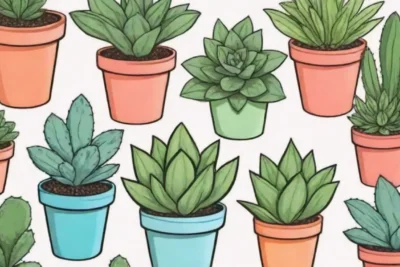
Garden Traditions: Succulents as Cultural Heritage Symbols
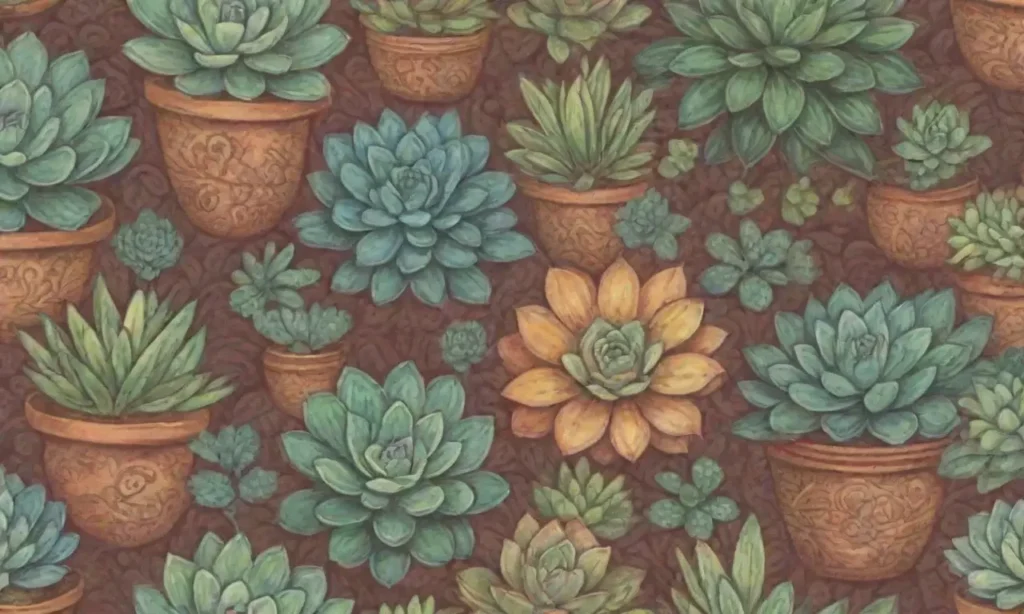
Introduction
In recent years, the popularity of succulents has soared, leading many to appreciate not just their unique shapes and vibrant colors, but also their deeper meanings within various cultural frameworks. Succulents, with their ability to thrive in harsh environments and retain moisture, have become symbols of resilience and adaptability. As we explore the heritage and significance of succulents, it becomes evident that they carry stories of survival, beauty, and cultural identity across different regions of the world.
This article aims to delve into the rich tapestry of traditons and beliefs that surround succulents in various cultures. We will examine how these unique plants represent cultural heritage, sustainability, and individual expression, inviting readers to appreciate not just the aesthetic appeal of succulents but also the historical and cultural narratives intertwined with them.
The Historical Usage of Succulents Across Cultures
Succulents have been around for thousands of years, and their uses extend far beyond simple ornamental gardening. In African cultures, for instance, some species like the Aloe Vera have been celebrated not only for their drought resistance but also for their medicinal properties. Historically, Aloe Vera has been used to treat wounds, improve skin conditions, and serve as a soothing agent for burns. The enduring presence of succulents in these environments has made them symbols of health and sustenance in many African communities.
Moving to the Americas, we encounter the Nopal Cactus, a succulent that has played a significant role in both culinary and cultural practices. This cactus, native to regions of Mexico, has been integral to traditional Mexican cuisine for centuries, often appearing in dishes such as tacos and salads. The Nopal's vibrant pads and edible fruit, called tunas, not only provide essential nutrients but also symbolize the connection between the land and the people. The Nopal is often linked to identity, pride, and the indomitable spirit of Mexican culture, illustrating how succulents are imbued with sentiment and significance.
In the Pacific Islands, particularly in Hawaii, succulents like aloe and jade plants are used in various rituals and for decorative purposes. In Hawaiian tradition, plants are often believed to carry mana, or spiritual essence, making succulents not just mere decorative elements but vital components of spiritual life. Cultivating succulents can be seen as an expression of cultural identity, showcasing the islanders' connection to their natural environment and their respect for nature.
Symbolism of Succulents in Gardens
Gardens often serve as extensions of the cultural narratives rooted within a community, and succulents contribute significantly to these stories. They embody meanings of survival, resilience, and sustainability, making them essential elements of gardens that reflect the cultural ethos of a particular society. In drought-prone regions, the mere presence of these hardy plants can be a testament to traditional ecological wisdom, showcasing the integration of environmental awareness and cultural practices.
In many Asian cultures, particularly in China and Japan, succulents like Crassula (also known as the Jade Plant) are believed to attract good fortune and prosperity. Their round leaves symbolize wealth, and these plants are frequently gifted during festive occasions like the Lunar New Year. By incorporating suculents into gardens, these cultures express hope, aspirations, and values, seamlessly weaving tradition into everyday life. This practice extends beyond mere aesthetics; it speaks to the communal belief in nurturing positive energies.
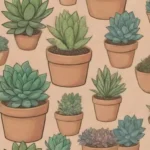 Succulents as Icons of Low-Impact Living Across Cultures
Succulents as Icons of Low-Impact Living Across CulturesIn addition to contributing to positive symbolism, succulents also represent ecological sustainability. As communities worldwide face challenges related to climate change and water scarcity, the importance of cultivating hardy plants that require minimal water cannot be overstated. By incorporating succulents into urban gardens, individuals and municipalities emphasize sustainable living and resilience in the face of environmental stressors. This approach is particularly evident in various community gardens, where succulents have become popular choices for urban dwellers seeking to reclaim green spaces, highlighting their connection to sustainability while fostering cultural identity.
Creative Expressions Through Succulents
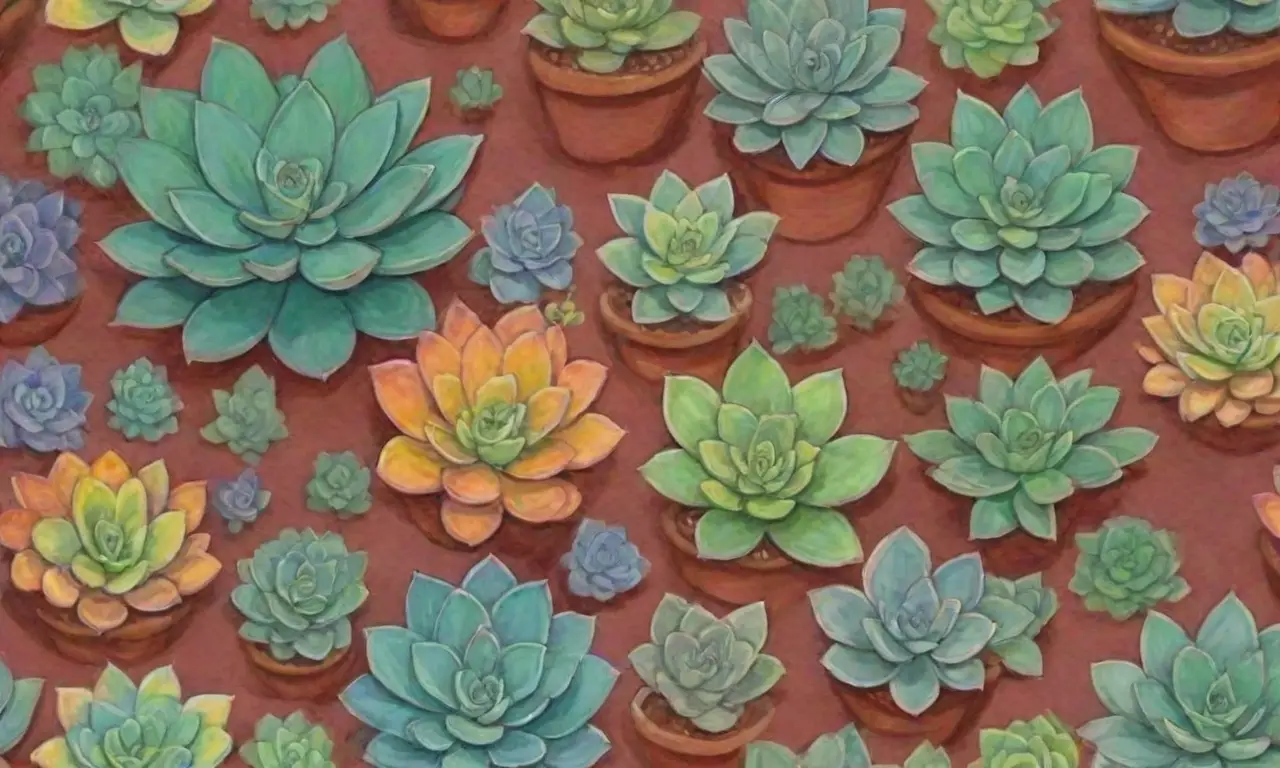
The versatility of succulents has inspired creativity and artistic expression across cultures. Their unique shapes and varieties lend themselves to innovative gardening techniques and visual storytelling. One fascinating aspect of succulent culture is the rise of vertical gardens and living walls, where succulents are creatively arranged to serve as vivid backdrops that tell the story of a community or individual. These installations reflect artistic creativity while also displaying the cultural significance of plants as essential to one's identity and environment.
Artisans have also embraced succulents in their crafts, incorporating them into jewelry, home decor, and even clothing. The trend of using succulents in beautiful terrariums has become a common way to showcase these plants while illustrating creativity, mindfulness, and appreciation for nature. Succulents' adaptability as decorative elements translates well into artistic expressions, allowing individual gardeners and artisans to convey personal narratives, beliefs, and connections to heritage through their unique creations.
In addition to direct artistic applications, succulents have also inspired photography and digital art, with their visually striking forms serving as a muse for many creative professionals. Social media platforms have contributed significantly to this movement, where artists and hobbyists alike share their own succulent gardens and artistic interpretations, fostering a global community celebrating diversity in culture and environmental consciousness.
The Future of Succulents as Cultural Heritage Symbols
As we embrace a future increasingly focused on sustainability and adaptability, the role of succulents within cultural contexts becomes even more significant. There exists a strong need to promote awareness surrounding the conservation of native plant species and their cultural associations. Succulents provide an opportunity to educate future generations about environmental stewardship while honoring their historical and cultural significance. Collaborative efforts between local communities, educators, and conservationists can pave the way for future generations to appreciate the rich cultural legacies associated with these plants.
Moreover, modern technology opens new avenues for sharing knowledge and appreciation of succulents as cultural heritage symbols. Online platforms, mobile applications, and social media can be valuable tools for disseminating information about plant care, cultural stories, and community events. Encouraging participation in local gardening clubs, workshops, and cultural festivals featuring succulents can boost engagement while reinforcing the importance of these plants as symbols of resilience, adaptability, and cultural pride.
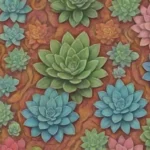 Succulents: Bridging Cultural Divides Through Shared Beauty
Succulents: Bridging Cultural Divides Through Shared BeautyUltimately, embracing succulents as cultural heritage symbols allows us to celebrate the multitude of narratives intertwined with these remarkable plants. By cherishing their historical roots and contemporary meanings, we emphasize the importance of cultivating emotional connections to our gardens and the environment around us. The future of gardening is not only about aesthetics but also about nurturing meaningful relationships with plants that reflect our cultural identities and shared values.
Conclusion
Succulents serve as remarkable symbols of cultural heritage across the globe, each plant reflecting a unique story of survival, community resilience, and continuity. From their historical uses to their evolving roles in modern gardens, succulents invite us to take a deeper look into the intricate relationship between nature and cultural identity. Their adaptability in various climates underscores the human spirit's endurance and creativity, showcasing our ability to thrive and innovate even in adverse conditions.
As we navigate a world increasingly challenged by environmental changes, the significance of succulents resonates on multiple levels. Not only do they invite us to engage in sustainable practices, but they also allow us to honor our cultural legacies. By planting succulents and creating gardens that reflect our diverse backgrounds, we participate in an ongoing narrative that emphasizes the importance of connection—between communities, cultures, and the natural environment.
In conclusion, let us celebrate succulents not merely as ornamental elements in our gardens but as embodiments of resilience, history, and tradition. By nurturing these plants, we cultivate not only vibrant landscapes but also a deeper appreciation for the rich cultures they symbolize. Through our gardens, we can share our collective heritage, ensuring that succulents remain vital cultural artifacts for generations to come.
If you want to read more articles similar to Garden Traditions: Succulents as Cultural Heritage Symbols, you can visit the Cultural Significance category.

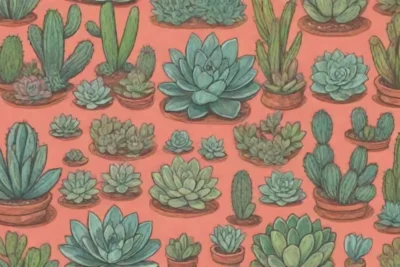
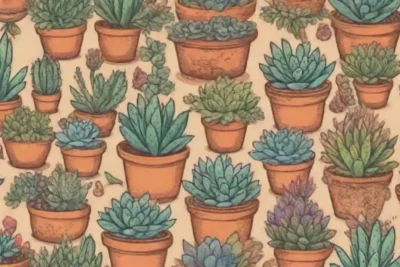
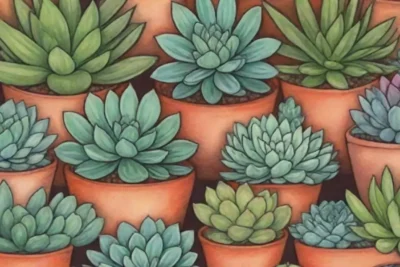

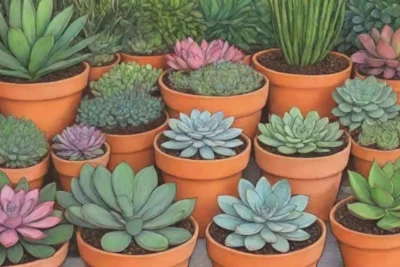
You Must Read